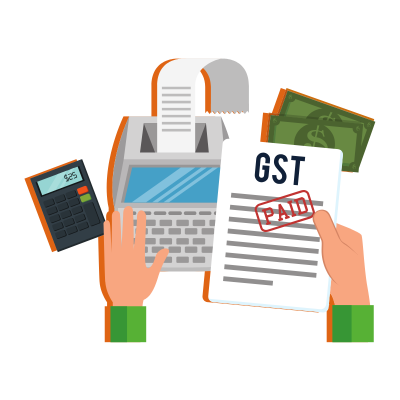Introduction
GST sales and purchase data is more than just numbers on a sheet. It tells the real story of what a business buys, sells, and pays in taxes. If used well, this data can boost business growth, keep tax reports clean, and make smarter decisions easy. In this blog, we’ll explore how this data works, why it matters, and how it helps different industries.
Why This Data Is So Valuable
Every time a business makes a sale or purchase, it’s recorded under the GST system. That means there’s a digital trail of all activity. So, when used right, GST sales and purchase data becomes a powerful tool.
It can help you:
Track trends
Spot mismatches
Stay compliant
And guess what? It doesn’t just help big companies. Even small businesses benefit from it!
From Invoices to Insights
A simple invoice does more than show what was sold. It feeds into the GST network. Over time, this turns into a full picture of sales and purchases.
For example:
Monthly summaries tell you what’s growing or slowing.
Supplier data helps check if you’re dealing with legit vendors.
Returns can be auto-filled if your data is correct.
So yes, it starts small, but it leads to something big.
Linking Sales with Purchases
One of the coolest things about this data? It connects.
If you buy 100 items from Vendor A, and sell 80 to Client B, the GST system notes both. So if there’s a mismatch — maybe the vendor didn’t report your purchase — you’ll see a red flag.
Because of this, checking your GST sales and purchase data regularly keeps things clean and clear.
Common Mistakes and How to Fix Them
Now, let’s talk about errors. Everyone makes them, but in GST, mistakes can cost you.
Here are a few examples:
Forgetting to match purchase entries
Missing invoices
Wrong GSTIN numbers
But the good news? These can be fixed quickly if you check your data often. Always compare your purchase list with what’s filed by vendors. Also, use software that flags mismatches early.
Going Beyond Compliance
Of course, compliance is important. But there’s more to it. GST sales and purchase data can help with:
Inventory control
Business forecasting
Vendor performance
Let’s say your sales drop for three months in a row. This data helps you see if it’s a demand issue, supply delay, or pricing problem. It’s not just about tax — it’s about understanding your business.
Making Smarter Moves with GST Records
If you’re running a business, decisions matter. And every good decision needs good data behind it. That’s where GST records shine.
Here’s how you can use them:
Plan purchases based on past demand
Choose vendors with clean filing records
Set better sales targets
In short, GST sales and purchase data gives you the power to plan ahead.
Who Needs This Data the Most?
Well, nearly everyone! But some businesses need it more:
Retailers and wholesalers
Manufacturers
Import-export firms
E-commerce sellers
Why? Because their buying and selling cycles are fast and regular. And any mistake can ripple through the whole chain.
Let Data Spot the Gaps
One great thing about analyzing GST sales and purchase data? You can spot leaks in your system.
Like:
Are you claiming all your input tax credits?
Is there a vendor who hasn’t filed?
Are you over-reporting sales?
These questions get answered fast when your data is in order. That’s why smart businesses review it monthly or even weekly.
Simple Tools Make It Easier
You don’t need to be a tech wizard to manage this. Today, there are easy tools that help you pull reports, match entries, and send alerts.
Just make sure the tool you use:
Shows real-time entries
Matches GSTR-1 and GSTR-2A
Flags duplicate or missing invoices
So even if you’re just starting out, you’ll stay in control.
A Quick Example: The Power of Matching
Let’s imagine Rina runs a garments shop. She buys stock from three vendors and sells both online and offline. One month, she checks her GST return and sees a gap.
Turns out, Vendor 2 didn’t file properly. If Rina hadn’t checked, she would’ve lost input credit worth ₹5,000.
Thanks to regular tracking, she fixed it on time.
This shows how GST sales and purchase data protects your money.
Stay Ahead, Not Just in Line
Yes, the law wants you to file your returns right. But don’t stop there. Use this data to look ahead.
Ask questions like:
Which product sells best?
Which vendor gives timely invoices?
Are my tax payments rising or falling?
All the answers are inside your sales and purchase reports.
Wrapping It Up
To sum it up, GST sales and purchase data is not just paperwork. It’s a smart business guide. From staying legal to boosting profits, it does a lot. And the best part? It’s already there, waiting to be used. So, the more you explore it, the better your business will grow.

